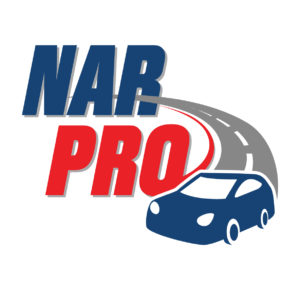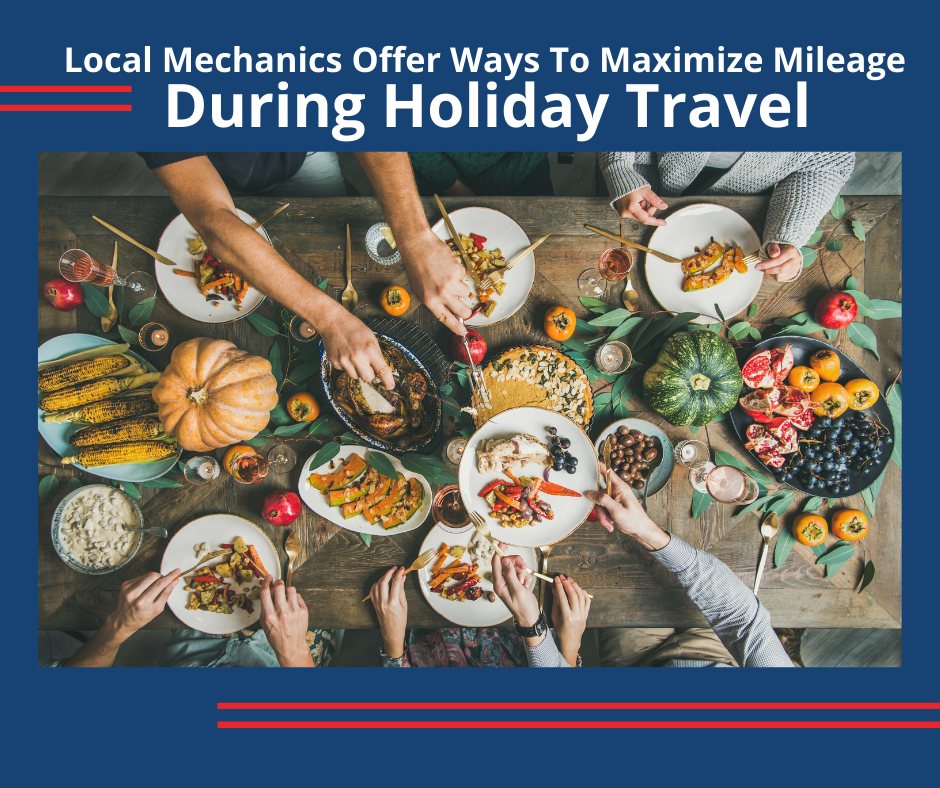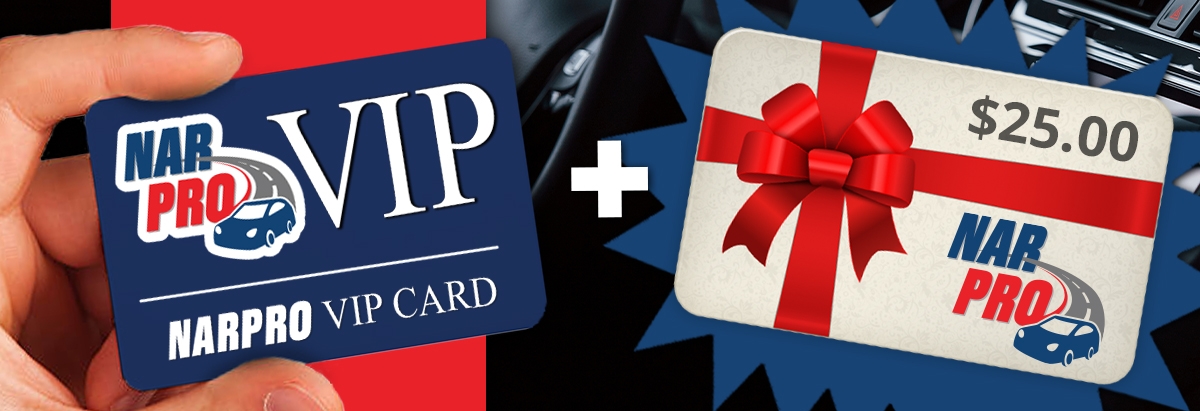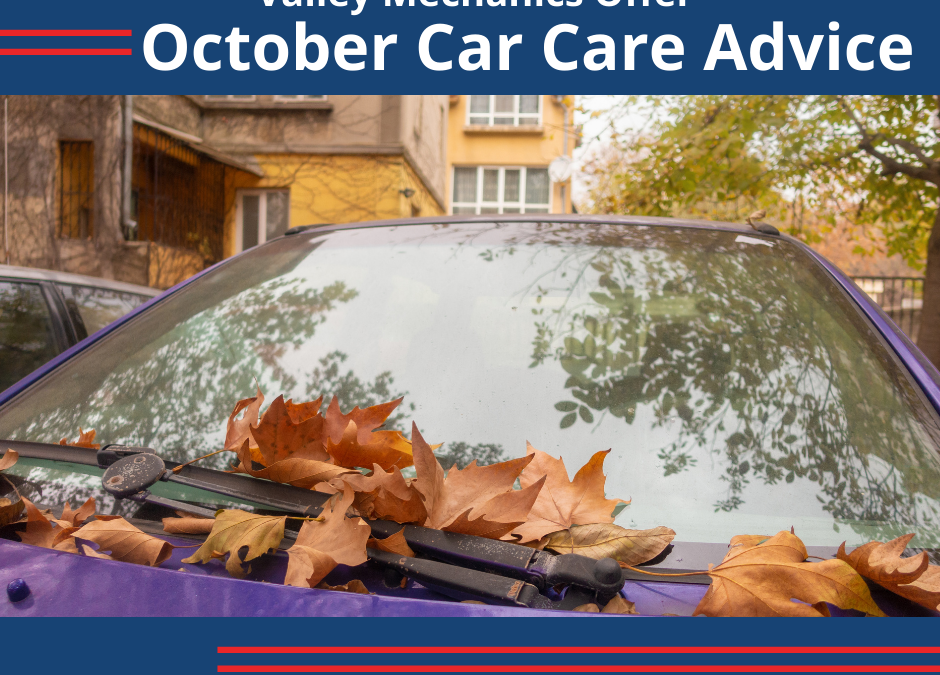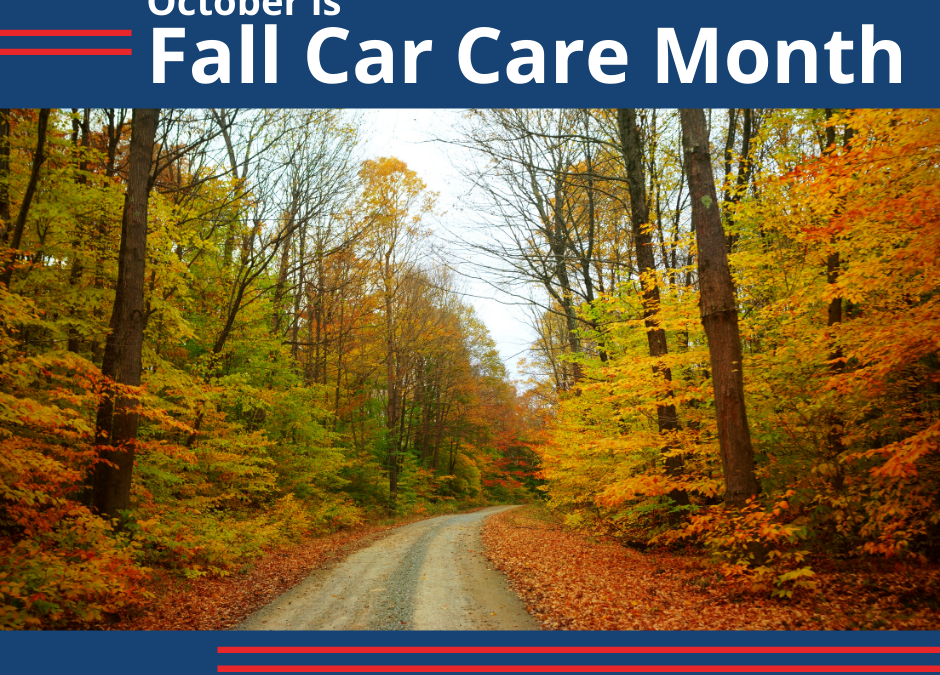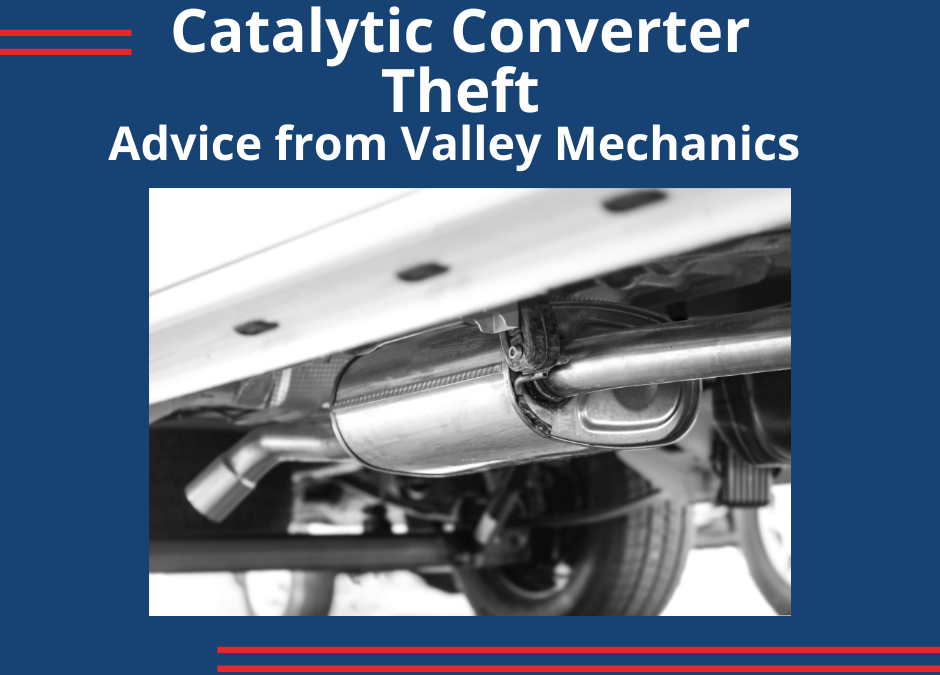(PHOENIX)– Drivers in Phoenix are paying about $1.50 per gallon more than this time last year. Rising gas prices are why 53% of people surveyed plan to take shorter trips this holiday season. The national survey commissioned by the American Hotel & Lodging Association found 68% of travelers plan to drive for Thanksgiving.
Your Neighborhood Auto Repair Professionals (NARPRO) offer tips to maximize mileage and a checklist before you hit the road.
Maximizing Mileage
- Slow down: According to the U.S. Department of Energy, each 5 miles per hour you drive over 50 mph is like paying an extra 20 cents per gallon.
- Avoid sudden starts and stops. If you see a red light, ease up and coast rather than wait to brake. When the light turns green, gently accelerate. The U.S. Department of Energy estimates aggressive driving (speeding, rapid acceleration and braking) can lower your gas mileage by roughly 15 to 30 percent at highway speeds and 10 to 40 percent in stop-and-go traffic.
- Lighten the load: Hauling cargo on your roof increases wind resistance and lowers fuel economy. You may also want to get the junk out of your trunk.
- Avoid excessive idling: Turn off your engine when you’re parked. Idling can use a quarter to a half-gallon of fuel per hour, depending on your engine size and air conditioner use.
- Use cruise control: this helps you maintain a steady speed on highways.
- Check your tires: properly inflated tires can improve fuel economy up to 3 percent. Follow the levels recommended by the automaker.
- Keep up to date on maintenance. A dirty air filter restricts the flow of air in the engine, which lowers performance.
Road Trip Checklist
Lights
- Be sure other drivers can see your headlights, taillights, brake lights and turn signals.
Wipers
- As we enter our wetter winter season, you want to make sure they’re in good shape so you can clearly see the heavier traffic. And, don’t forget the solvent.
Battery
- The average lifespan of a car battery in Arizona is less than three years. Just because it survived the summer doesn’t mean it’ll last through your holiday road trips.
Tires
- As the temps drop, your tire pressure light is more likely to come on. For every 10 -degree drop in temperature, tire pressure drops about 1 psi.
- Research by the National Highway Transportation Safety Administration (NHTSA) has found that tires age faster in warmer climates. Cracks, bulging and worn tread can lead to big problems.
- NARPRO can help you read how old your tires are and insure you are buying “fresh” tires.
Filters
- After a summer packed with your storms, your filters could be pretty full of gunk. Besides affecting airflow and quality in your car, dirty filters can also hurt fuel efficiency and overall performance.
If you’re heading to the high country:
Test your cold weather gear
- Are your chains in good shape? How’s the air in your spare? Got fresh batteries in the flashlight?
- If you have four-wheel drive that wasn’t used during the summer, make sure the system engages and disengages easily and that all the drivers in your house know how and when to activate the system.
Get the right antifreeze mix
- To prevent freezing, aim for a 50-50 mix of antifreeze (coolant) and water in your radiator.
- An inexpensive antifreeze tester at an auto parts store will help you determine if the mixture is correct and your Neighborhood Auto Repair Professionals (NARPRO) can test your coolant level of protection, pH balance and electrolysis. They can also properly dispose of antifreeze, which cannot be poured down a drain.
Eyes on the tank
- Be sure to keep the gas tank as full as possible to prevent the gas lines from freezing.
- Get quality fuel. Moisture in the system will freeze at higher temperature than gas.
Be smart about stopping
- If you have car trouble, avoid stopping in or near travel lanes.
- Aim for an area where the vehicle can be safely removed.
- If your car can’t be moved, raise the front hood and turn on hazard lights.
An emergency kit for your trunk should include:
- Blanket, boots, gloves and extra clothing
- Mobile phone, charging cable and back-up power pack.
- Extra water and food, including hard candies
- Ice scraper and small shovel
- Flashlight with fresh batteries
- Windshield wipers and washer fluid
- Flares and/or reflectors
- Jumper cables
- Tire chains
- Tire gauge, spare tire and tire-changing equipment
- First aid kit
- A bag of abrasive material such as sand, salt or non-clumping kitty litter, which can provide additional traction if tires get stuck in snow.
NARPRO (Neighborhood Auto Repair Professionals)
The Neighborhood Auto Repair Professionals (NARPRO) helps car owners find skilled and honest car repair shops. NARPRO only recommends independent, family-owned, full-service auto repair shops that have passed 26 rigorous tests. Visit www.NARPRO.com to find recommended shops near work or home. NARPRO is the easiest way to find an honest mechanic in the Valley.

